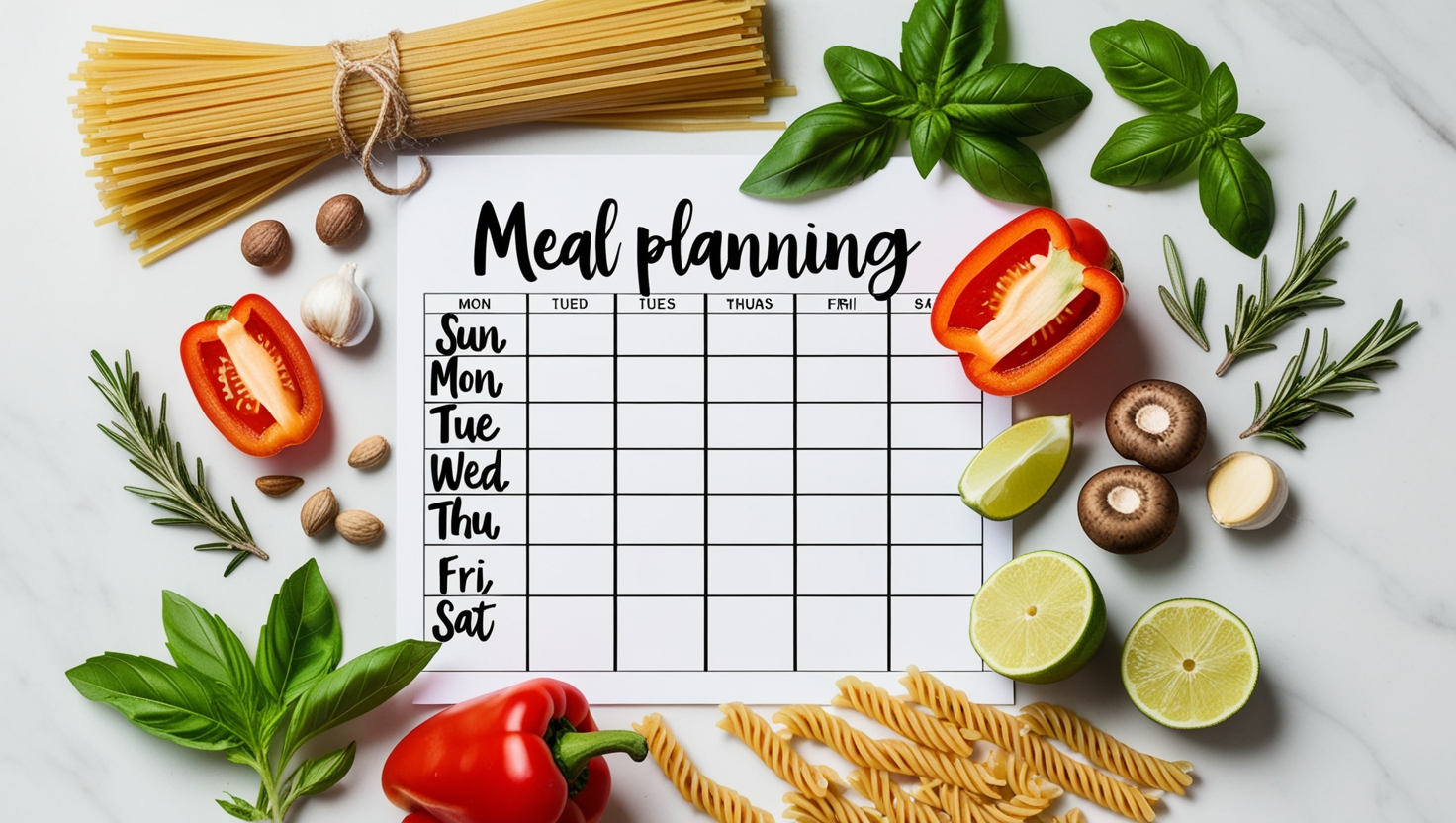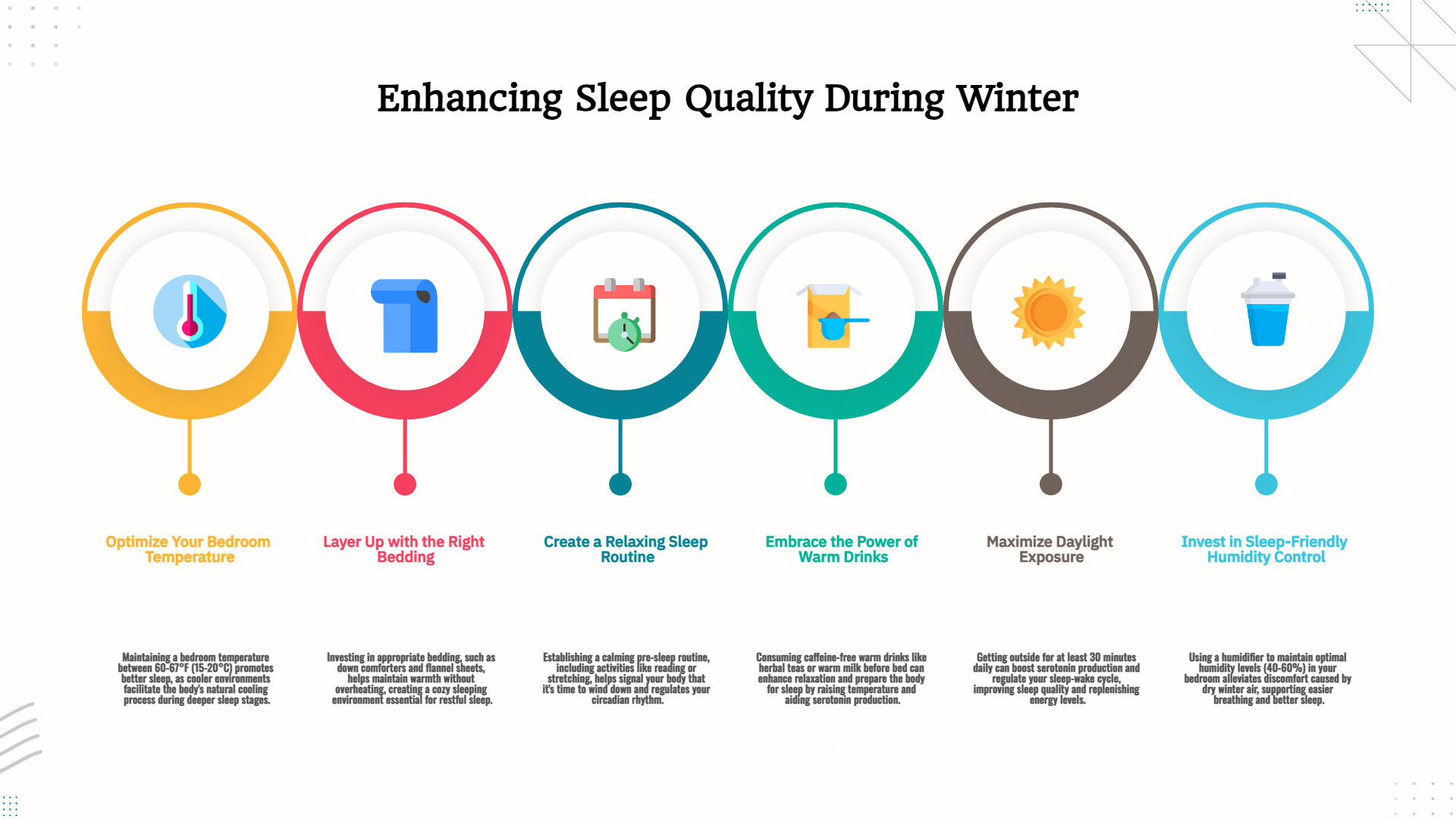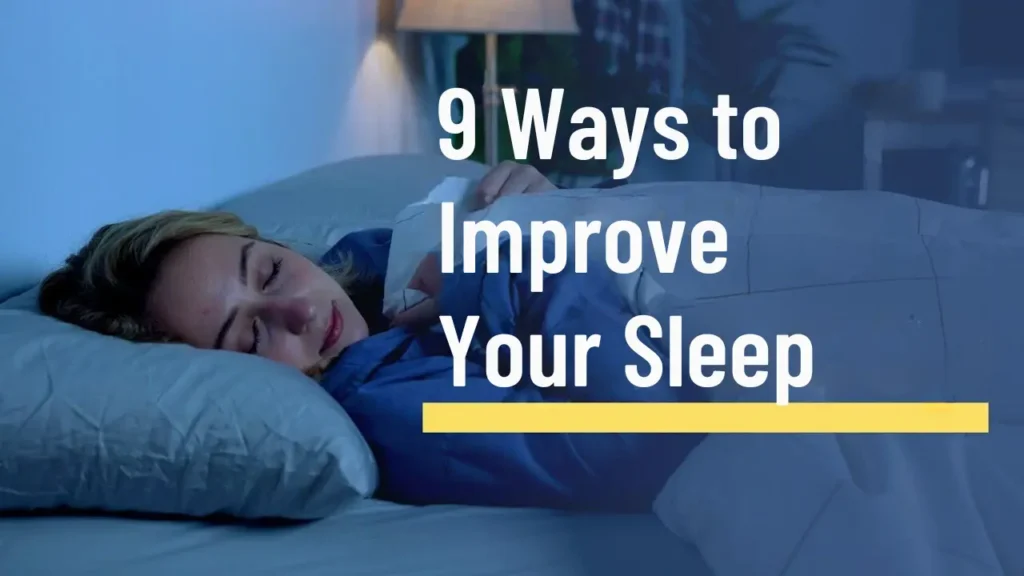
Getting a good night’s sleep is foundational to our health and happiness, but it’s something many of us struggle to achieve. Fortunately, relaxation techniques can make a huge difference. This guide offers a mix of scientifically proven methods and practical advice to help you wind down and get a truly restful night’s sleep.
1. Practice Deep Breathing
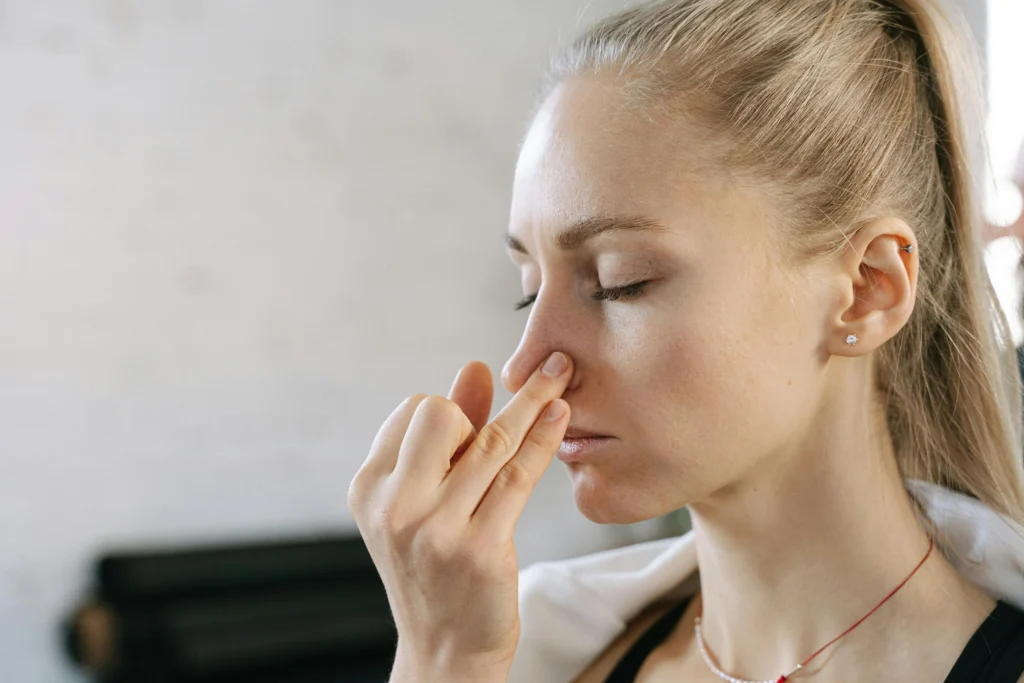
Deep breathing can help slow your heart rate, lower blood pressure, and signal to your body that it’s time to relax. A commonly practiced method, the 4-7-8 technique, involves inhaling for 4 seconds, holding your breath for 7 seconds, and then exhaling slowly for 8 seconds.
Enhance your breathing exercises with a relaxation essential oil set for aromatherapy, helping you create a calm atmosphere.
2. Use Progressive Muscle Relaxation (PMR)
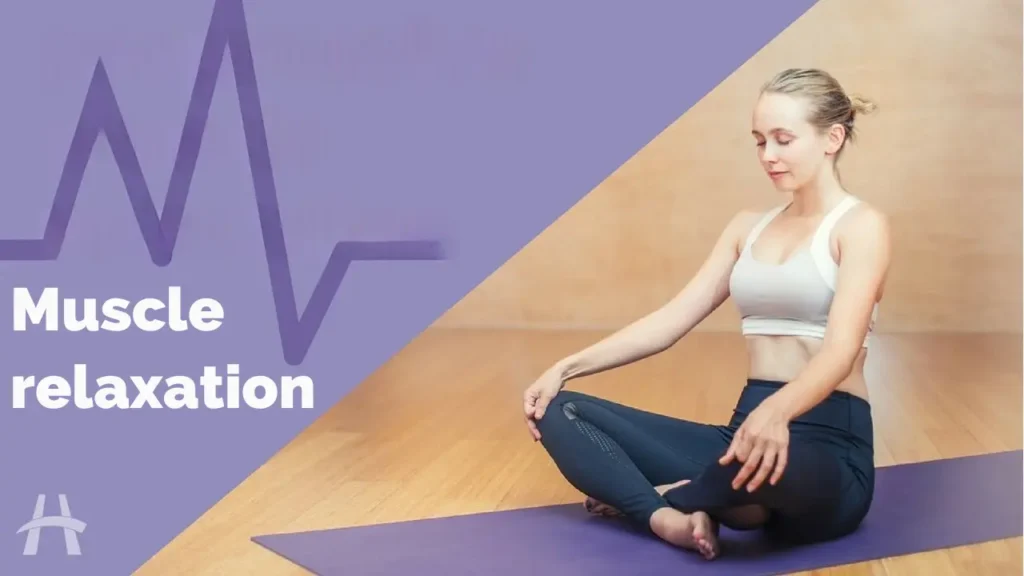
Progressive Muscle Relaxation (PMR) is a relaxation method where you tense and release each muscle group in your body. This technique, developed by Dr. Edmund Jacobson in the 1930s, helps relieve physical tension, which can often keep us awake.
How to Do It: Start at your feet and work your way up to your head, tensing each muscle group for a few seconds and then releasing it.
A weighted blanket can complement PMR by promoting a sense of security and relaxation.
3. Create a Consistent Sleep Routine
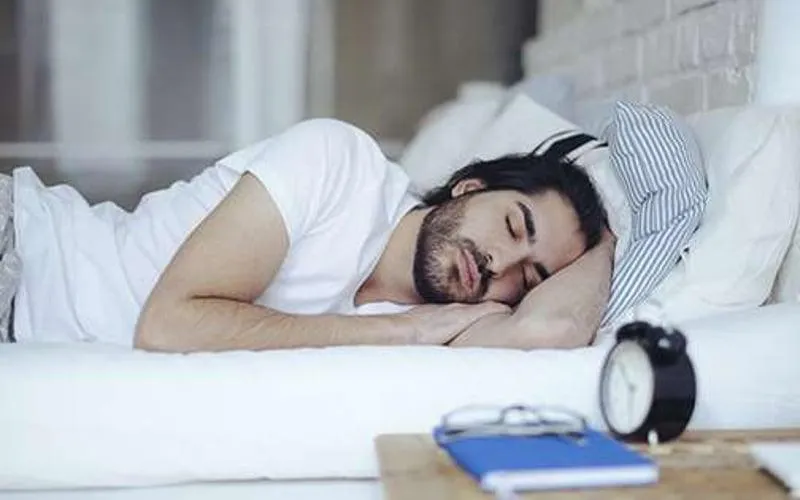
Our bodies thrive on routine, especially when it comes to sleep. Going to bed and waking up at the same time each day helps regulate your body’s natural clock, or circadian rhythm, making it easier to fall asleep and wake up refreshed.
Use a sunrise alarm clock to wake up gently and maintain a consistent morning routine.
4. Try Meditation or Mindfulness Techniques
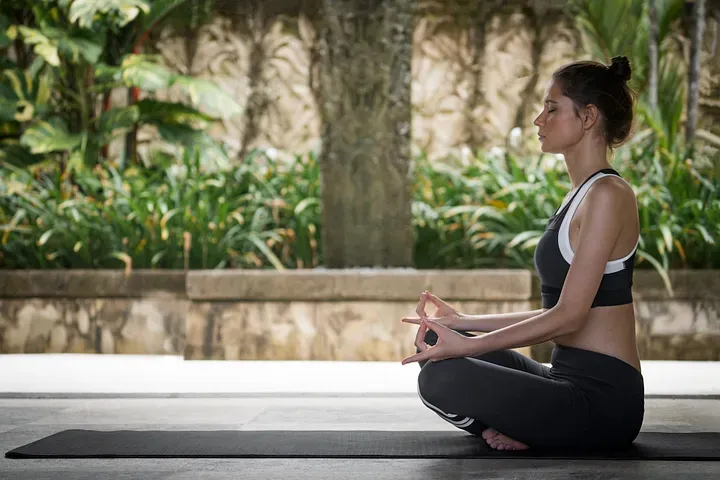
Meditation can be a powerful tool for managing stress, which is a major factor in sleep issues. Guided meditation apps like Headspace and Calm offer programs specifically designed to help with sleep.
Scientific Insight: Research shows that mindfulness meditation can improve sleep quality by reducing worry and emotional distress before bed.
Practical Suggestion: Start with a 5-10 minute guided meditation session each night to see how it impacts your sleep.
Pair your meditation sessions with a comfortable meditation cushion to enhance your practice.
5. Limit Screen Time Before Bed

The blue light emitted by screens can interfere with your body’s production of melatonin, the hormone responsible for regulating sleep. Aim to turn off screens at least an hour before bed.
Expert Advice: Dr. Charles Czeisler from Harvard Medical School notes that exposure to artificial light in the evening can significantly delay melatonin release, affecting the timing of your sleep.
Invest in a pair of blue light blocking glasses to reduce screen impact in the evening.
6. Practice Visualization Techniques

Visualization can be a powerful way to guide yourself into a relaxed state. Imagine a peaceful scene or experience, like lying on a warm beach or walking in a quiet forest. The goal is to focus your mind on soothing images rather than daily stresses.
Evidence: Studies have shown that guided visualization can activate the body’s relaxation response, making it easier to drift into sleep.
How to Start: Picture your ideal relaxing scene and immerse yourself in the sights, sounds, and sensations. Practicing for 5-10 minutes can bring a sense of calm and peace.
Try a lavender-scented pillow spray to enhance your visualization and create a calming bedtime environment.
7. Use White or Pink Noise

White noise (a consistent sound like a fan or air purifier) or pink noise (a softer, balanced sound such as rainfall) can help mask disruptive noises, allowing you to fall and stay asleep.
A white noise machine can provide customizable sounds to suit your sleep preferences.
8. Engage in Light Stretching Before Bed
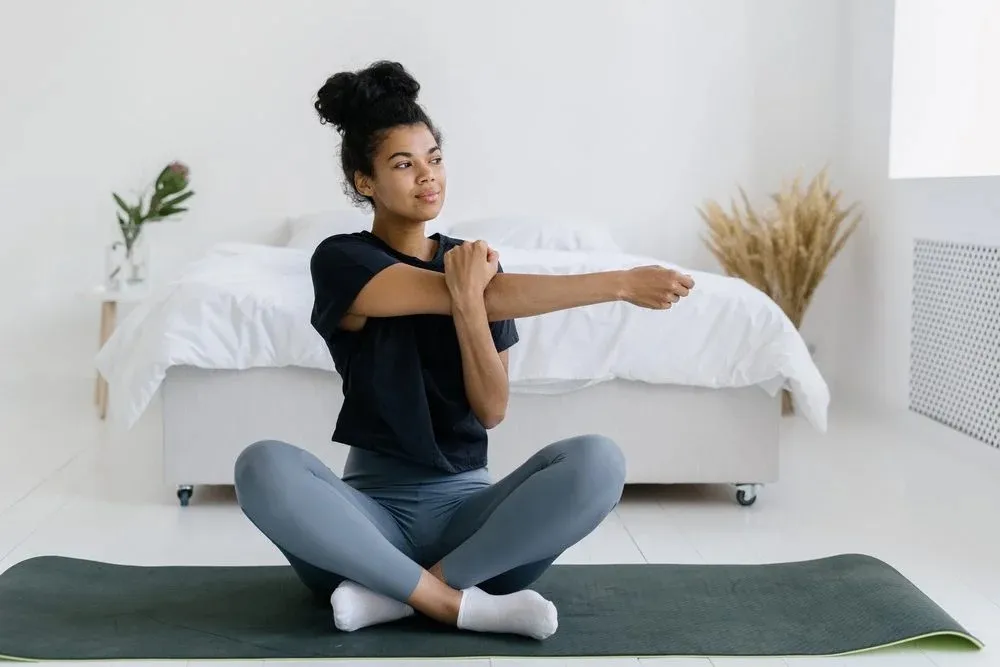
Credit: www.sleepfoundation.org
Gentle stretching can help ease muscle tension and promote relaxation. Poses like the child’s pose, seated forward fold, and legs up the wall are particularly effective for winding down.
Research Insight: According to the Sleep Foundation, stretching can improve sleep by relieving tension in the body and preparing your mind for rest.
Use a yoga mat for your bedtime stretches to stay comfortable and supported.
9. Keep a Sleep Journal

Credit: www.claritychi.com
Keeping a sleep journal can help identify patterns or habits that might be affecting your sleep. Log what you eat, your mood, your pre-bedtime activities, and how well you sleep each night. After a few weeks, you may notice patterns that can be adjusted to improve sleep.
Expert Advice: Dr. Michael Breus, a clinical psychologist and sleep expert, suggests that tracking your sleep habits can provide valuable insights into your personal sleep needs.
How to Start: Use a simple notebook or a sleep-tracking app to log your sleep habits. Reflect on any patterns and make adjustments as needed.
A guided sleep journal can make tracking your habits easier and more effective.
Final Thoughts: Finding the Right Techniques for You
Improving sleep quality often involves a combination of strategies, especially when tackling stress or anxiety-related sleep issues. Remember, it may take some time to find which relaxation techniques work best for you, but persistence pays off. Small adjustments can create meaningful changes, helping you achieve restful, rejuvenating sleep.


